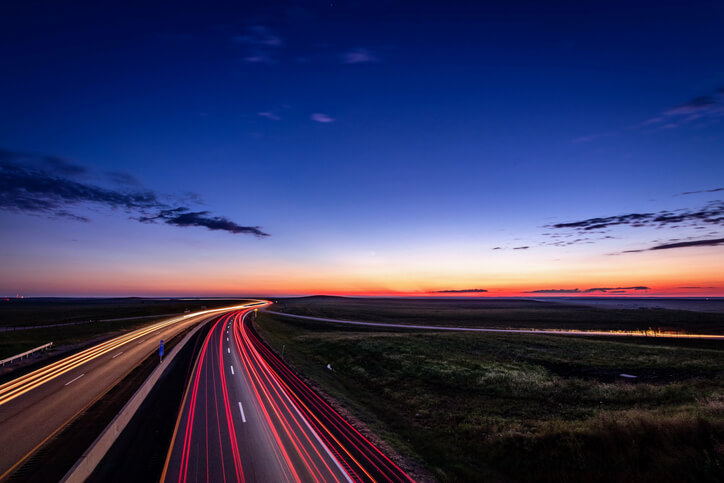Nevada made news late last year when it passed a law allowing for the licensing of autonomous vehicles to drive on their roadways. Google has been working on an autonomous vehicle for nearly a decade, using on-board computers, GPS navigation ad remote sensors to help it stay on the road, avoid obstacles and find its way around. This means the car can be programmed to go to a certain place, say, a movie theater, restaurant or place of work, and the car will drive itself there. In the meantime, someone will be sitting in the drivers seat in case they need to manually take control of the car, but otherwise, all passengers are free to do what they wish and leave the driving to the robot, I mean car.
Some have questioned the logic of allowing autonomous vehicles and human controlled vehicles on the roads at the same time. In the event of an inadvertent collision, who would be responsible for the damages? If two autonomous vehicles collide, who is responsible then?
Law makers, insurers and automobile manufacturers have been working together to fashion law which addresses these issues and Nevada encapsulated these suggestions into their new law which went into effect this year.
It is believed these autonomous vehicles will soon be ferrying people and cargo around the country, bringing freedom to people who might not otherwise be able to drive themselves where they need to go. In the meantime, despite the rise of autonomous vehicle, there will likely always be a reason and an option for a human beings to drive themselves if they want to.

 Live Chat
Live Chat






